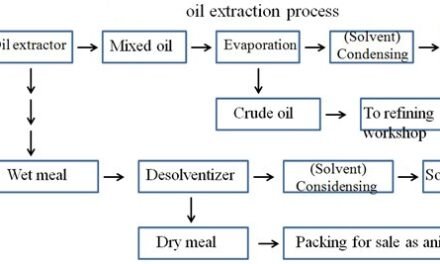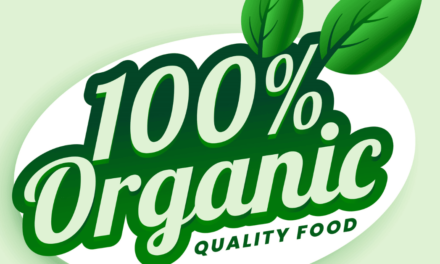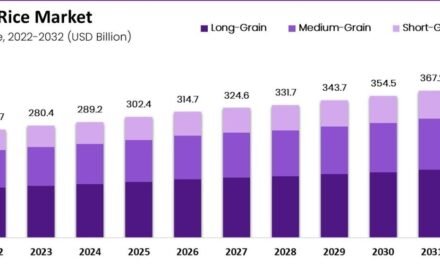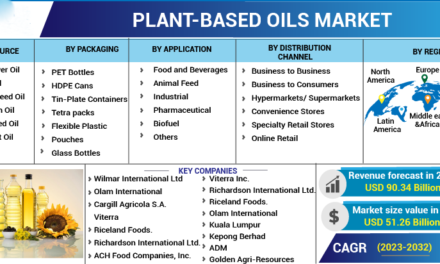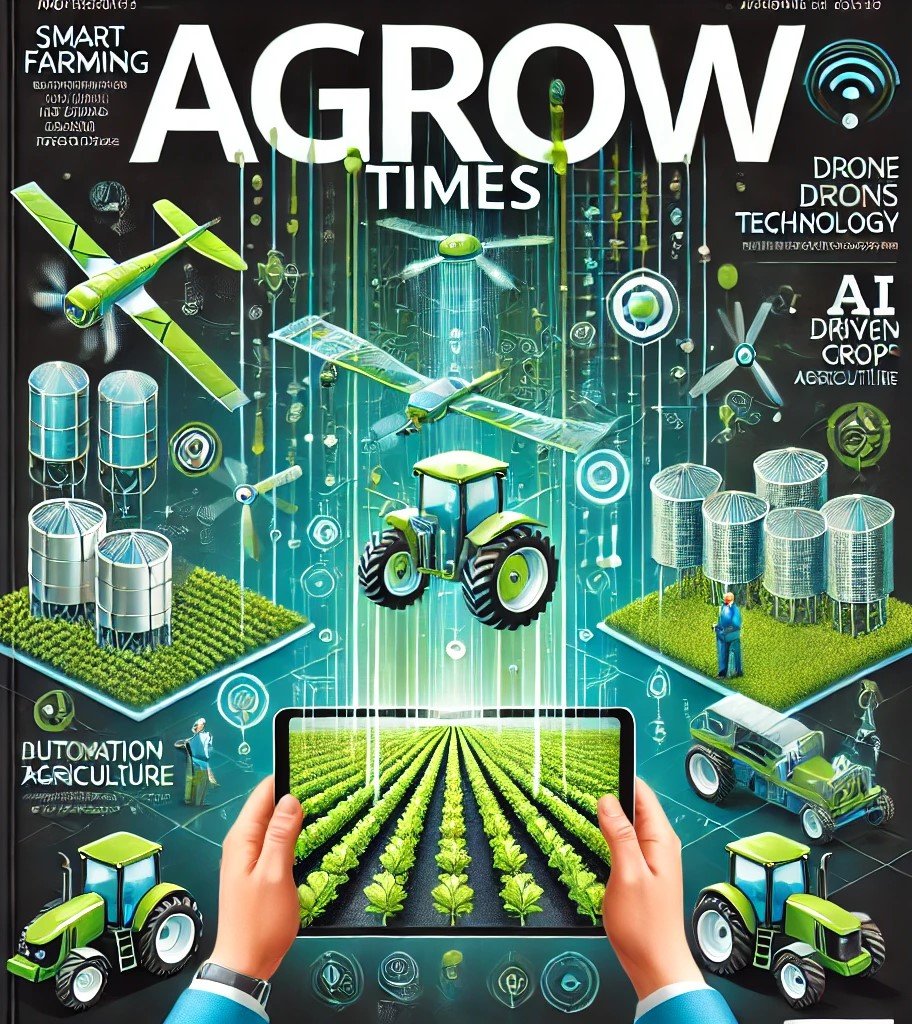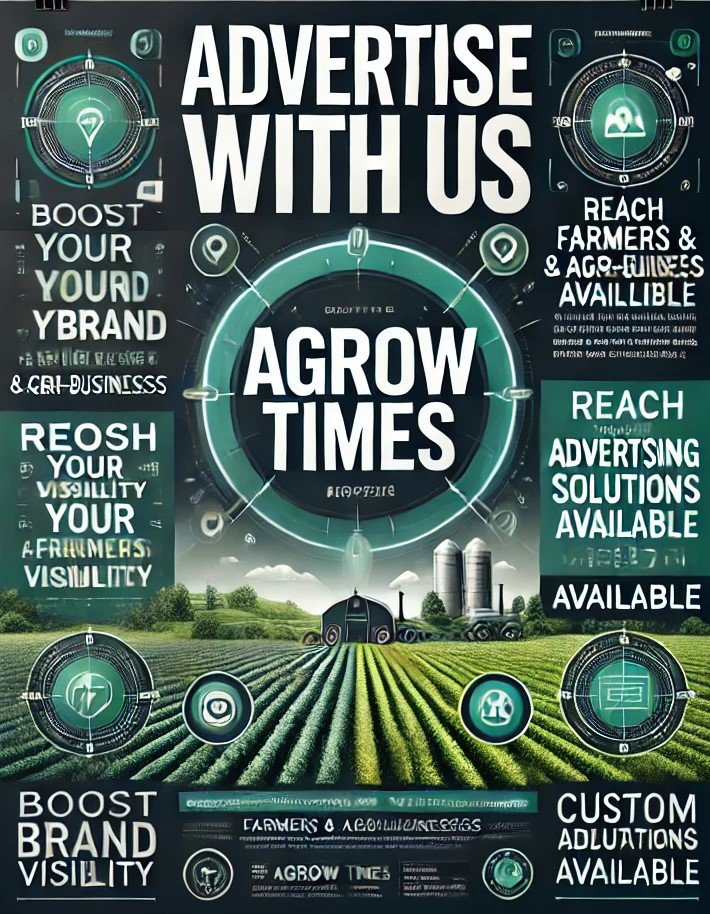The consumption of animal products significantly contributes to climate change due to several factors related to animal agriculture. Here’s how:
1. Greenhouse Gas Emissions
- Methane Emissions: Ruminant animals, such as cows, sheep, and goats, produce methane during digestion, a process known as enteric fermentation. Methane is a potent greenhouse gas that has a much higher global warming potential than carbon dioxide (about 25 times more powerful over 100 years). The livestock sector is a major source of methane emissions, particularly from cattle.
- Manure Management: Animal waste, especially from large-scale operations, produces methane and nitrous oxide, another potent greenhouse gas. Manure management systems like lagoons or pits can lead to the release of these gases into the atmosphere.
- Carbon Dioxide and Nitrous Oxide: Livestock farming also contributes to carbon dioxide and nitrous oxide emissions, primarily from the use of fertilizers, fuel consumption in farm machinery, and soil management practices.
2. Land Use and Deforestation
- Forest Clearing: Large areas of forests, especially in tropical regions like the Amazon rainforest, are cleared to create pasture for grazing animals or to grow crops for animal feed, such as soybeans and corn. Deforestation reduces the Earth’s capacity to absorb carbon dioxide, further exacerbating climate change.
- Biodiversity Loss: The conversion of forests into agricultural land for livestock farming also leads to a loss of biodiversity, impacting ecosystems that help regulate the climate and mitigate carbon emissions.
3. Feed Crop Production
- Intensive Farming of Feed Crops: Growing large quantities of feed crops like soy and corn for livestock requires significant amounts of land, water, and chemical fertilizers. The industrial-scale farming of these crops often involves monocultures, which can degrade soil quality, reduce biodiversity, and increase emissions from fertilizer use and soil disturbance.
- Energy Use in Feed Production: The production of animal feed often involves energy-intensive processes, including the use of fossil fuels for machinery and transportation, contributing to carbon emissions.
4. Transportation and Processing
- Transportation: The transportation of animal products from farms to processing plants, and ultimately to consumers, results in carbon emissions. The longer the supply chain, the higher the carbon footprint associated with transporting animal products.
- Processing: The energy used in processing animal products (such as slaughtering, packaging, and refrigeration) also contributes to greenhouse gas emissions. The meat and dairy industries are particularly energy-intensive.
5. Water Consumption and Land Degradation
- Water Usage: Animal agriculture is highly water-intensive, with large quantities needed for drinking, feed crops, and processing. Overuse of water resources can lead to water scarcity and depletion of freshwater sources, which indirectly impacts climate stability.
- Land Degradation: Intensive animal farming practices can lead to soil degradation, desertification, and reduced land fertility, which affect the land’s ability to sequester carbon and maintain ecological balance.
6. Food Waste
- Wastage of Animal Products: A significant amount of animal products goes to waste at various stages of the supply chain, from farm to retail to household. The production, transportation, and disposal of this wasted food contribute to unnecessary greenhouse gas emissions, as all of these stages generate carbon emissions without providing food to consumers.
7. Impact of Reducing Animal Product Consumption
- Reduced Emissions: Shifting toward plant-based diets and reducing animal product consumption can lead to a significant reduction in greenhouse gas emissions, as plant-based foods generally require fewer resources (land, water, and energy) and produce lower levels of greenhouse gases.
- Sustainable Agriculture: Promoting sustainable agricultural practices, such as agroecology, can help reduce the climate impact of food production, whether for animal or plant-based products. Reducing reliance on livestock farming can free up land for reforestation and other climate-positive practices.


